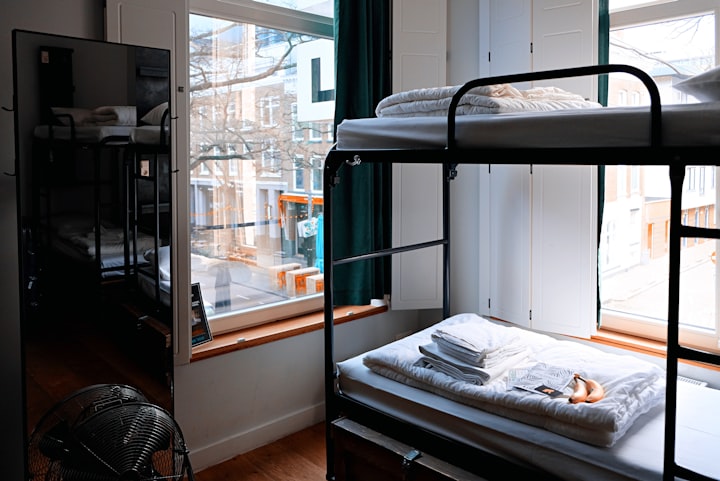The abandoned prison on the Island of Gorgona once housed some of Colombia´s most notorious criminals
Colombia´s version of Alcatraz

Twenty-eight miles off the Pacific Coast of Colombia sits an island that is 5.6 miles long and 1.6 miles wide; the total area is 10 square miles. Gorgona Island once housed some of Colombia's most notorious criminals. 7 out of 10 of them were lifers.
The prison opened in 1959 and was modeled after Nazi concentration camps. A monotonous routine and secured with 120 guards on the inside and the natural environment outside the prison.
Island History.
Before the island was a prison, it was inhabited by the Tumaco-Tolita culture, leaving archaeological remains on the island that have been dated back to 1300 AD. However, in 1524 Spanish conquistadors Diego de Almagro discovered the island.
Three years after Diego found the island, another conquistador named Francisco Pizarro settled on the island after running from indigenous people who lived on the isle Gallo; he stayed on Gorgona while waiting for supplies.
Pizarro also named the island, Gorgona, as he considered the island an inferno and lost most of his men to snake bites. The name Gorgona in Greek Mythology means any of three snake-haired sisters in Greek mythology whose appearance turns the beholder to stone.
Eventually, the men left the island and continued their conquests further south. A few indigenous tribes inhabited the island until 1679, when Bartholomew Sharp took over Gorgona, staying for about a month. Then, the island exchanged hands again when Simón Bolivar gave Grogona to Federico D'Croz however, eventually, what was on the island was destroyed by the Thousand Days´ War.
Prison Life.
Life inside the prison was routine and monotonous for the inmates. One hundred lucky inmates were permitted outside the jail for work detail. The rest remained inside the prison.
The inmates eventually turned on each other, inmates killing inmates. If an inmate got caught for a crime inside the prison, they were placed in solitary confinement in a cell that only permitted the inmate to squat, the ability to stand, or lie down was impossible.
When the inmates were inside, they were only referred to as numbers. Stripped of everything, including their name. However, reports state that the guards were thieves, corrupt, and took revenge on the prisoners; said the last director, Migues Dario Lopez, also stated:
"They often cried, they all had mental problems ... they killed each other with makeshift blades or strangled each other with simple rags."
Torture, mistreatment, infected food ... when I arrived, Gorgona was a hellhole,
At least 150 inmates died while imprisoned. Lopez also reported a few escaped; it is thought a boat passing picked them up by the island. A famous inmate, ¨The Colombian Papillon, ¨ ran in 1969 but was caught three years later.
Closure and current status of the island.
The prison was closed in 1984 after pressure from human rights organizations, ecologists, and scientists wanting to restore the island's natural fauna. As a result, 70% of the jungle was destroyed to create the prison.
The island can now be visited by anyone willing to make the boat ride out, knowing that three venomous snakes still inhabit the island. A visit is recommended if you are a scuba diver, as the coral reef is said to be incredible. Also, a rare blue lizard lives on the island.
Would you dare to visit this island?
Entry to the island is $ 20,000 (US$ 7.69) for foreigners; $ 6,400 (US$ 2.46) for Colombians, and $ 3,200 (US$ 1.23) for children under twelve, students and senior citizens.
The story was originally published here.
About the Creator
sara burdick
I quit the rat race after working as a nurse for 16 years. I now write online and live abroad, currently Nomading, as I search for my forever home. Personal Stories, Travel and History
Enjoyed the story? Support the Creator.
Subscribe for free to receive all their stories in your feed. You could also pledge your support or give them a one-off tip, letting them know you appreciate their work.






Comments
There are no comments for this story
Be the first to respond and start the conversation.